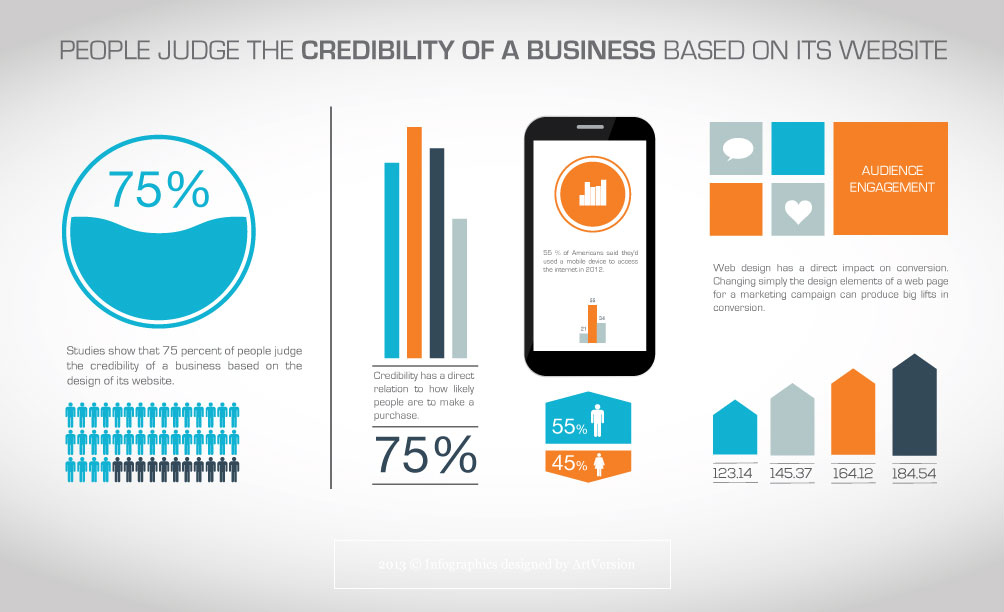The Transformation Of Online Platforms: A Journey Through Time
The Transformation Of Online Platforms: A Journey Through Time
Blog Article
Written By-Monroe Gibbons
In the past, sites were simple and concentrated on information. Navigation was straight, and design was for desktop computers. Now, user experience is crucial. Information guides designs for easy navigation. Receptive layouts suit different devices. Today, dark mode minimizes strain, and minimal food selections boost navigation. Interactive features engage customers, and strong visuals attract attention. AI integration boosts interaction. See just how layout has actually progressed to enhance your online journey.
Early Days of Web Design
In the very early days of web design, simpleness reigned supreme. Web sites were basic, with limited shades, font styles, and designs. The focus got on providing info as opposed to showy visuals. https://blog.thomasnet.com/seo-for-manufacturers-is-seo-worth-it accessed the net with sluggish dial-up links, so rate and capability were essential.
Navigation menus were straightforward, usually located at the top or side of the page. Internet sites were designed for desktop, as mobile surfing had not been yet widespread. Web content was king, and developers prioritized simple readability over complex design aspects.
HTML was the main coding language used, and designers needed to work within its constraints. Computer animations and interactive attributes were very little compared to today's criteria. Websites were static, with little vibrant material or tailored individual experiences.
Increase of User-Focused Style
With the evolution of website style, a change towards user-focused style principles has actually ended up being increasingly prominent. Today, creating sites that prioritize user experience is vital for engaging visitors and achieving service goals. User-focused layout includes comprehending the requirements, choices, and actions of your target market to customize the internet site's format, content, and includes appropriately.
Developers currently perform comprehensive research study, such as user surveys and use testing, to gather understandings and feedback straight from individuals. This data-driven method aids in creating user-friendly navigating, clear calls-to-action, and visually attractive interfaces that reverberate with site visitors. By placing the user at the facility of the style procedure, web sites can provide a more personalized and delightful experience.
https://whatisseoplugins28406.blogoxo.com/30003754/by-complying-with-these-actions-you-ll-raise-your-chances-of-discovering-the-appropriate-digital-marketing-firm-to-assist-your-organization-succeed-in-the-competitive-on-line-landscape has likewise become a crucial aspect of user-focused design, ensuring that sites are maximized for numerous gadgets and screen dimensions. This flexibility boosts availability and functionality, satisfying the diverse ways customers connect with internet sites today. Essentially, the rise of user-focused layout symbolizes a change towards creating digital experiences that prioritize the requirements and assumptions of the end user.
Modern Trends in Website Design
Check out the most recent trends shaping web design today. One noticeable trend is dark setting design, providing a streamlined and contemporary look while lowering eye stress in low-light settings. An additional key trend is minimalist navigation, streamlining menus and boosting individual experience by concentrating on essential elements. Incorporating micro-interactions, such as computer animated buttons or scrolling impacts, can create an extra engaging and interactive site. Responsive layout continues to be critical, guaranteeing smooth user experiences throughout various devices. Furthermore, utilizing bold typography and unbalanced designs can add visual interest and draw attention to certain content.
Integrating AI technology, like chatbots for client support or tailored suggestions, boosts customer interaction and streamlines procedures. Availability has also become a considerable fad, with designers prioritizing inclusive style methods to cater to varied user needs. Welcoming sustainability by enhancing web site efficiency for speed and efficiency is one more emerging pattern in web design. Collaborating with customer comments and information analytics to repeat and enhance layout continuously is important for remaining appropriate in the ever-evolving electronic landscape. By embracing these modern fads, you can produce a visually appealing, straightforward site that resonates with your target market.
Final thought
As you review the evolution of web site layout from the very early days to currently, you can see exactly how user-focused layout has come to be the driving force behind modern patterns.
Embrace the journey of modification and adjustment in web design, constantly keeping the user experience at the leading edge.
Keep current with the most up to date trends and innovations, and never quit progressing your strategy to create aesthetically magnificent and user-friendly web sites.
Advance, adapt, and develop - the future of web design is in your hands.
